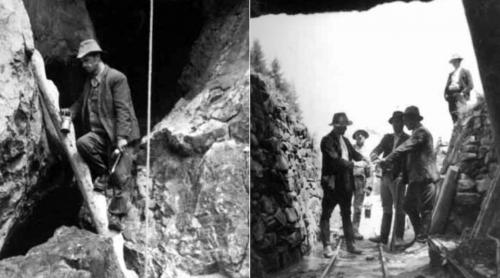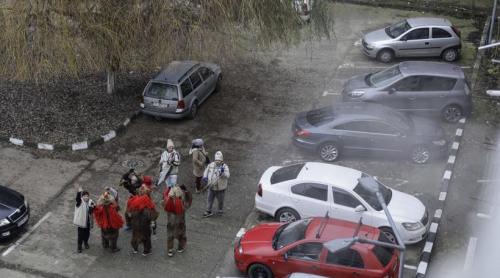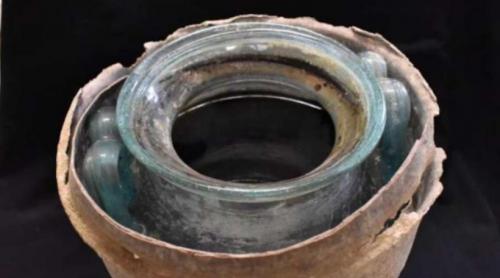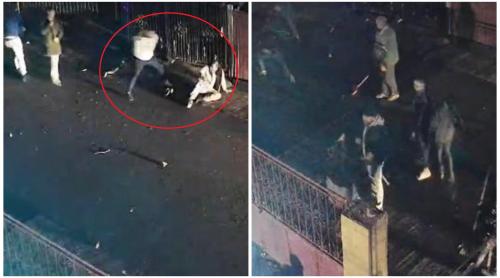
The many-page file built by the National Anti-Corruption Department, against Social Democrat Party National Council President Adrian Nastase stirred a big public debate when it was made available to the public via the House of Deputies website
The many-page file built by the National Anti-Corruption Department sDNAţ, against Social Democrat Party sPSDţ National Council President Adrian Nastase stirred a big public debate when it was made available to the public via the House of Deputies website.
The posting on the same site, a few days before, of a similar file built by DNA against fellow party member Miron Mitrea went unnoticed.
Some commentators said an internal inquiry should be open to review the procedures of the House of Deputies for making available to the public such documents; the DNA office itself protested against the move, claiming the file should have been kept from the public eye, as the investigation into Nastase's alleged wrongdoings was ongoing.
However, both the head of the House Judicial Committee Sergiu Andon and the deputy head of the same committee Florin Iordache denied the publication of Nastase's file was improper and in breach of the classified documents act. Andon said the classified character of the file cannot be raised by anti-corruption prosecutors, as the file already had been presented to various institutions, and parts of it were already published in media reports. He added that the main flaw of the criminal file built against Nastase was the absence of any criminal offenses the latter might have perpetrated.
Andon is a member of the Conservative Party, which is a political ally of the social-democrats.
For his part, Iordache, a PSD party member, added that only the report of the House Judicial Committee and arguments put forward by the DNA head Daniel Morar for Nastase's prosecution were in fact made public, which the Supreme Council of the Magistrates president Lidia Barbulescu agreed did not go against the law.
The reason why the DNA prosecutors might have been upset by the publication could be having their poor work regarding an alleged criminal investigation exposed to the general public.
It becomes obvious that the alleged over-the-top house Nastase build for himself did not have an anti-nuclear strike bunker built under it, or a pool on top of it. The first one proved to be an utilities room and the second one – a two meters by two meters bath tub.
The history of the file goes back to 2001, when political foe and current president Traian Basescu, then Bucharest city mayor, attempted to put on hold the construction work at Nastase's private residence. It went on with National Liberal Party member Mona Musca complaint, back in 2004, to the DNA, that Nastase illegally acquired the land on which he was building his home. The DNA officially opened an investigation into the matter in November 2005, which overtime it sprouted into ten separate criminal investigation files.
The legal experts with the House of Deputies pointed out the faults of the criminal investigation against the House member Nastase, which was wrongly filed by DNA chief Morar, instead of the General Prosecutor's Office. Or the founding of the file on recordings of Nastase's conversations which were not acquired under a prosecutor's mandate, thus rendering them illegal.
In fact, the long dispute opposing Nastase and the building company UTI – which is to be settled according to commercial law – was turned around by DNA prosecutors to build up a criminal file against Nastase, who allegedly traded his influence and took bribes from UTI.
UTI president Tiberiu Urdareanu said that “prosecutors pressured some of our employees into making false allegations, or quoted their words out of context. The UTI got all its contracts with the state via public biddings and got no support from the Nastase government. The UTI employees were pressured by DNA prosecutors into making false allegations against Nastase,” said Urdareanu.
Citește pe Antena3.ro












